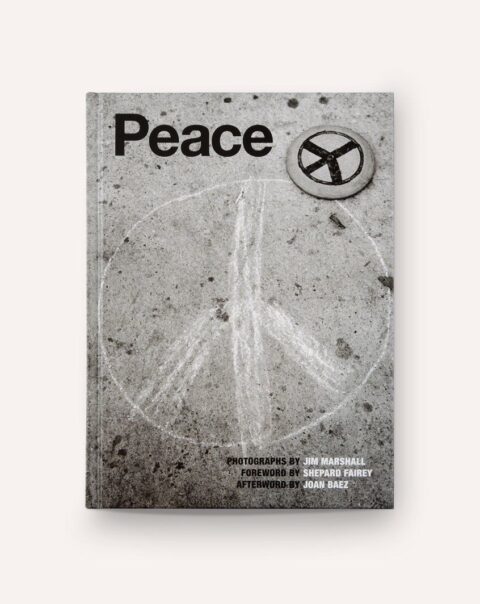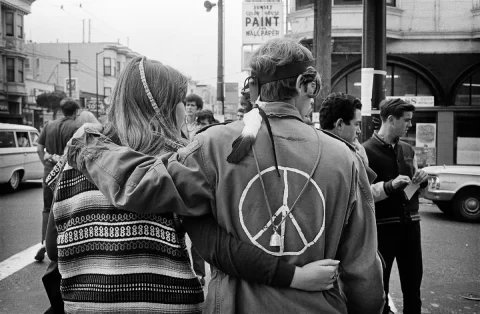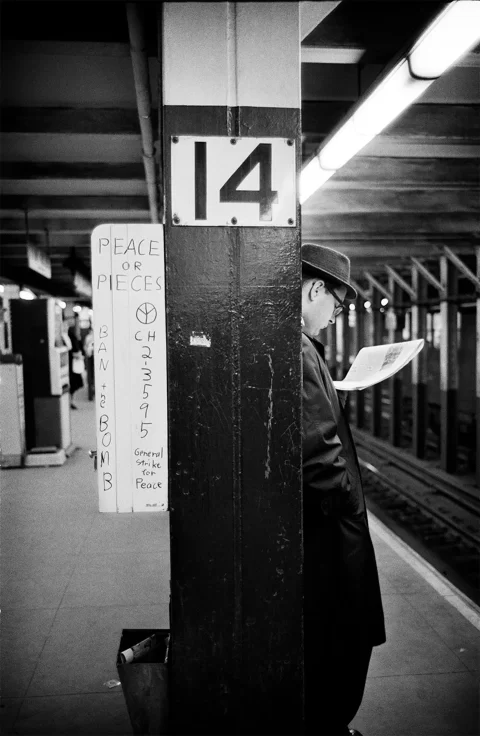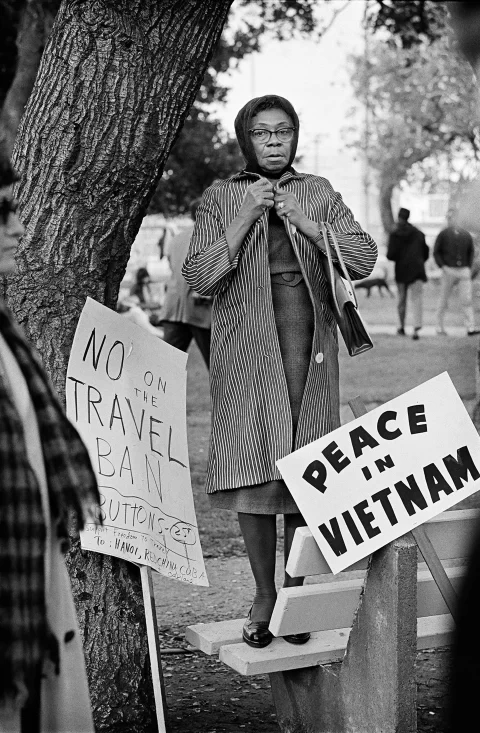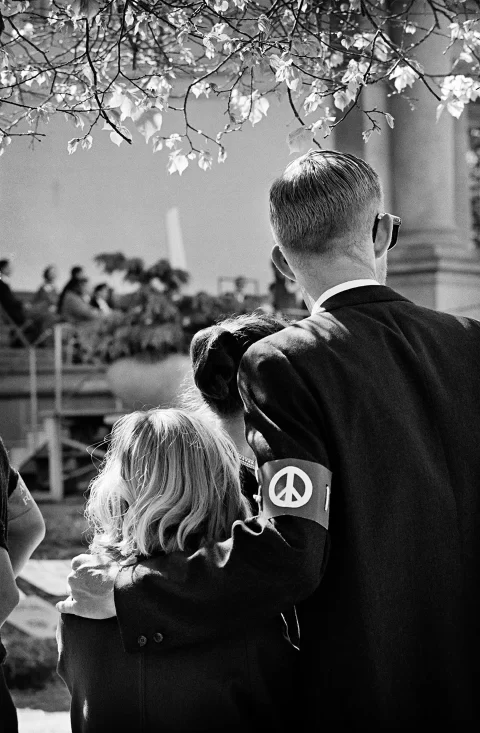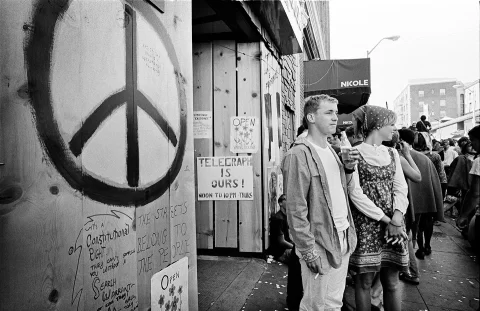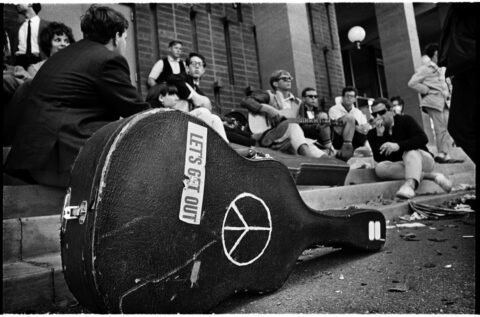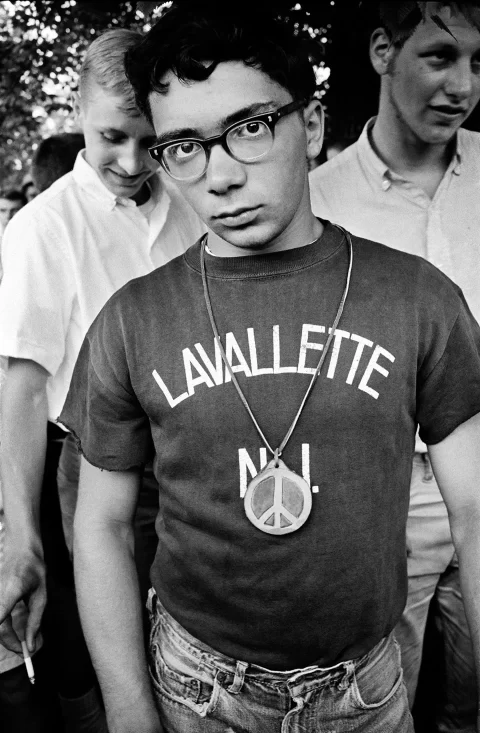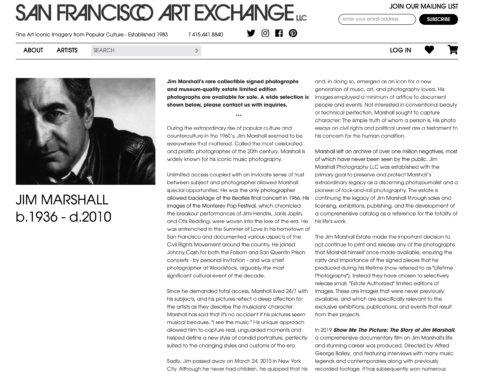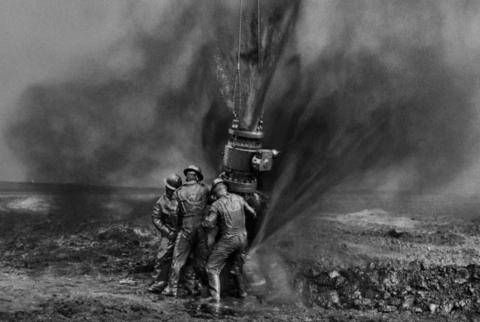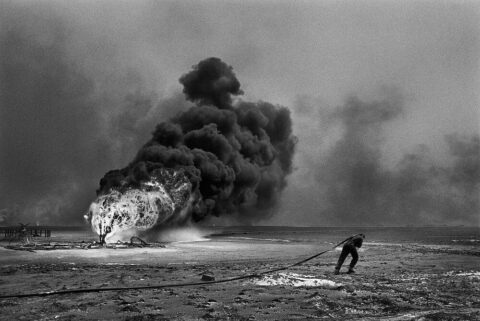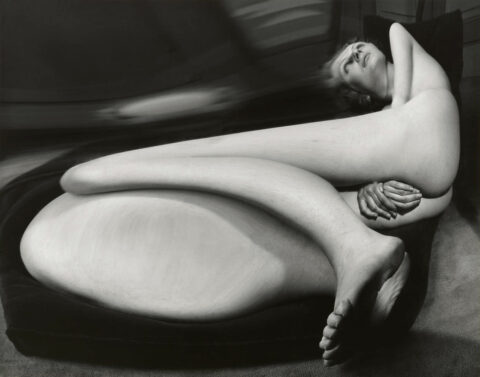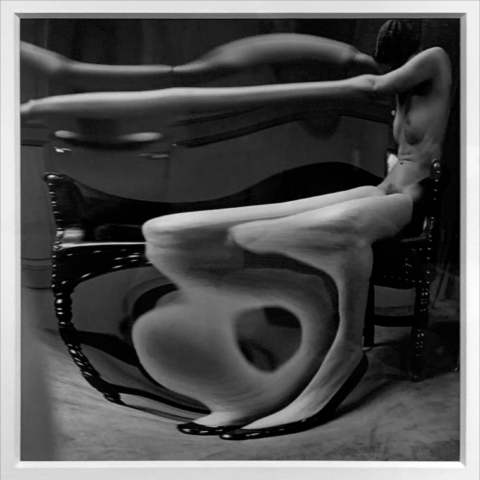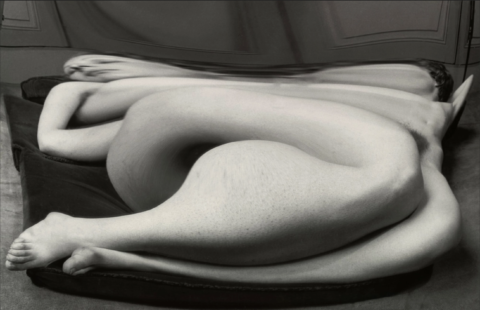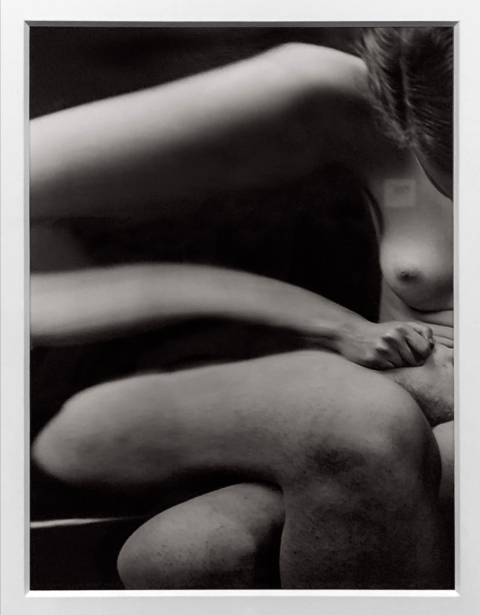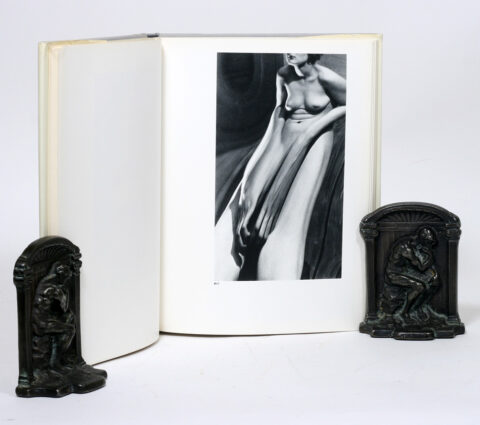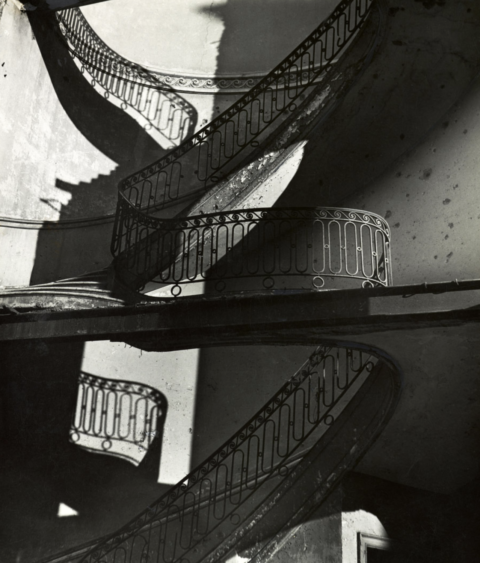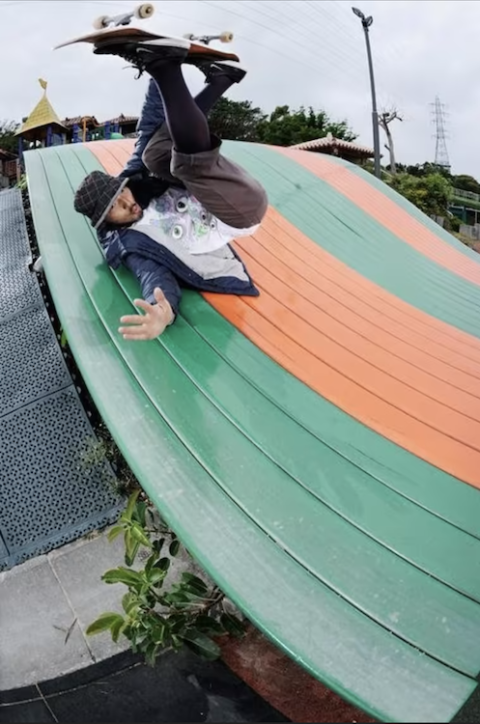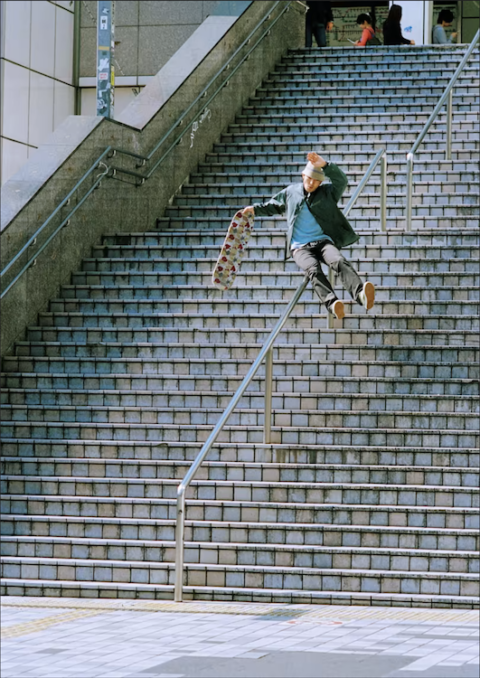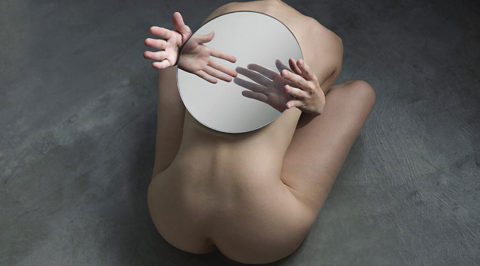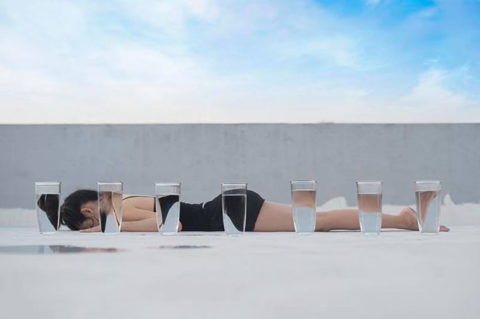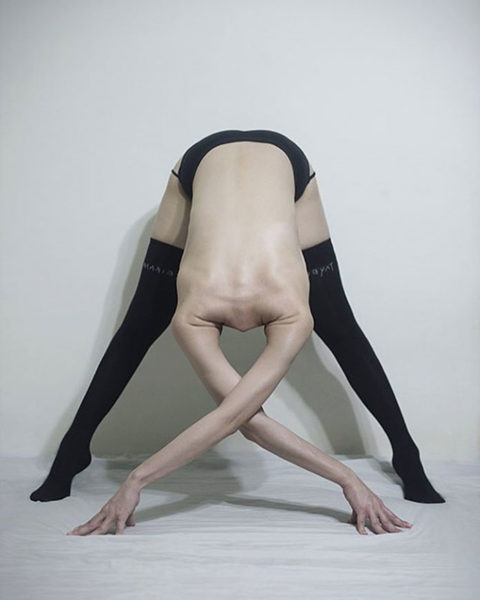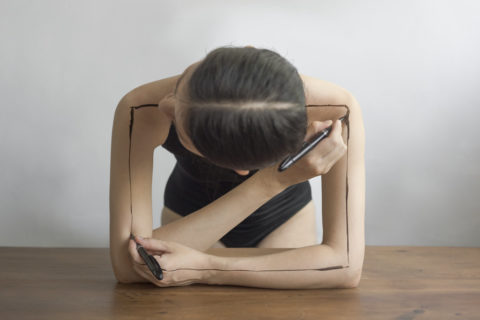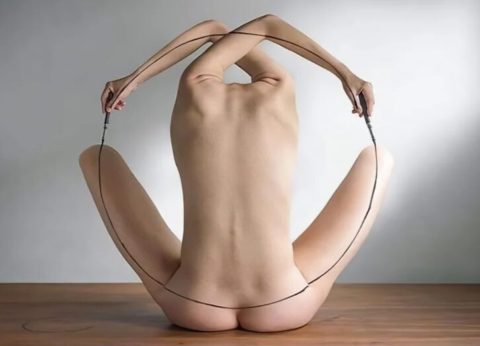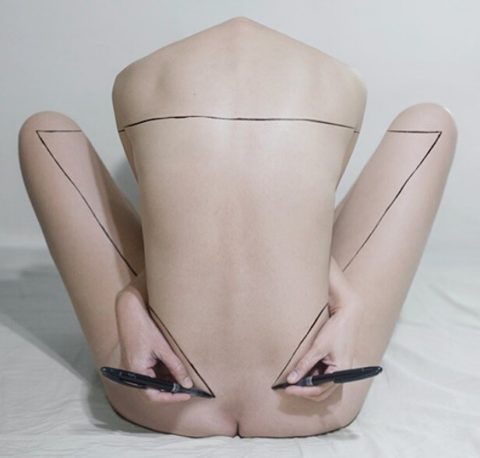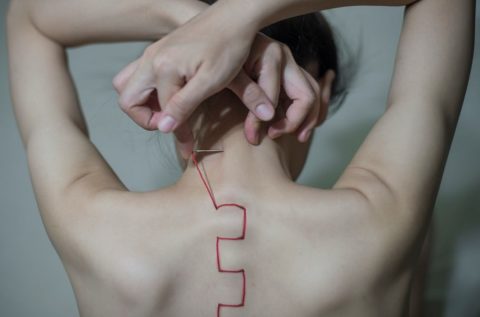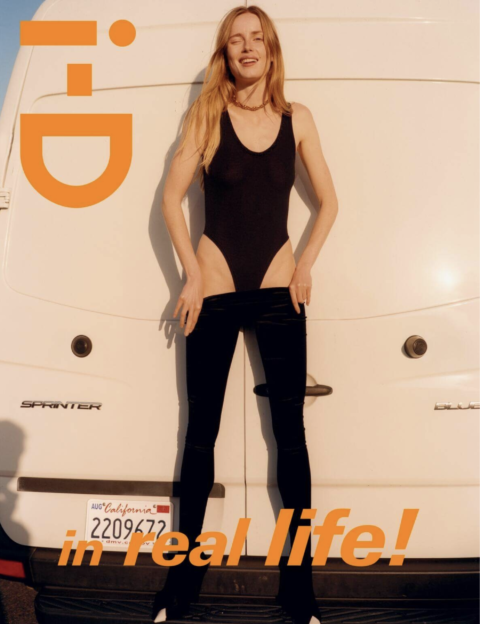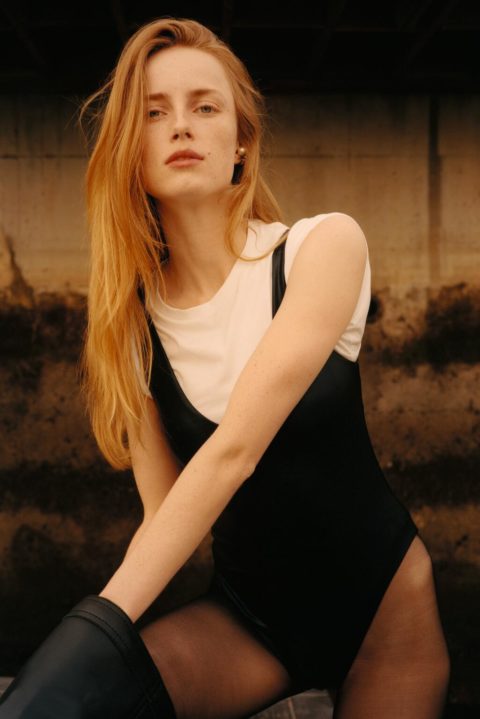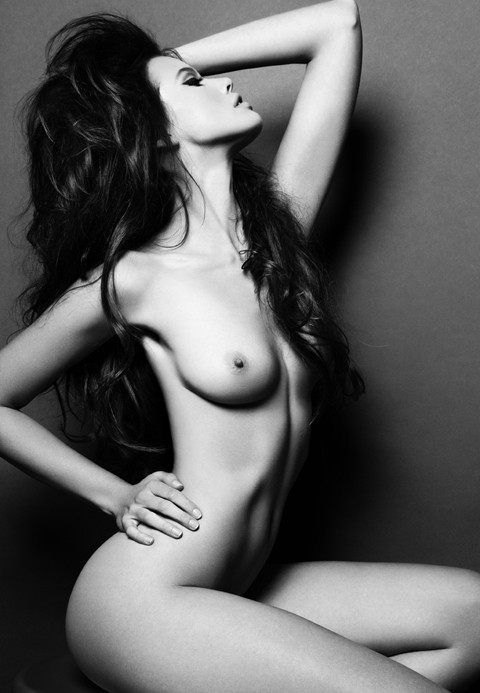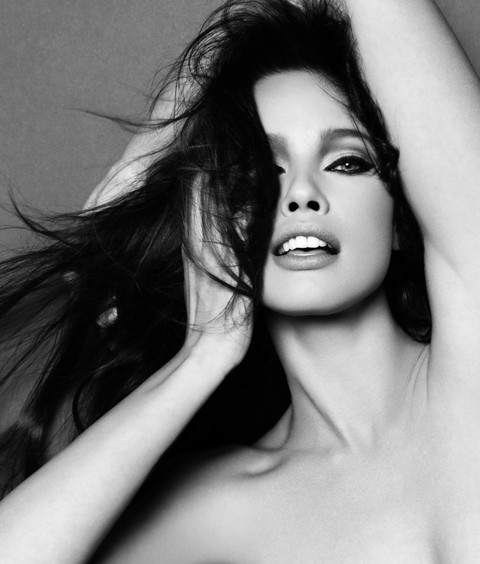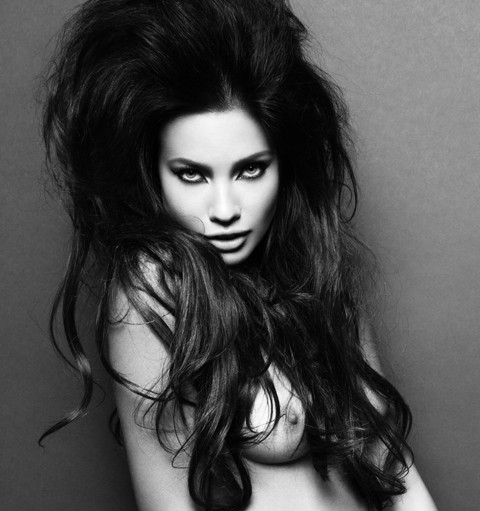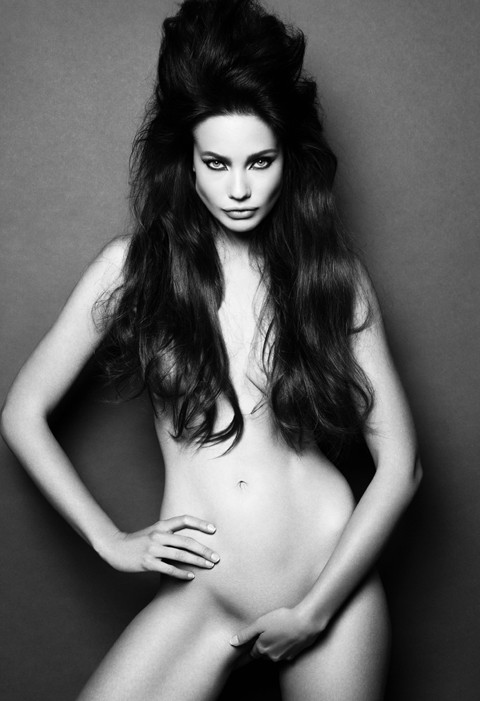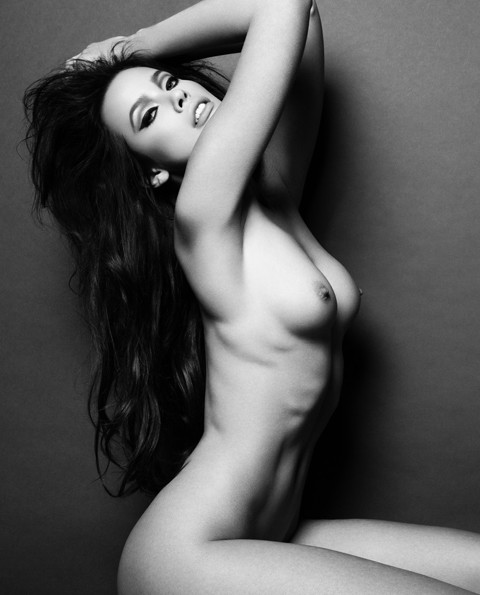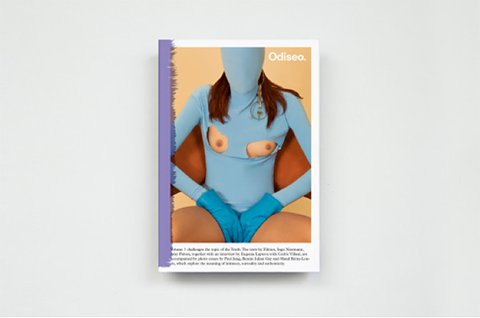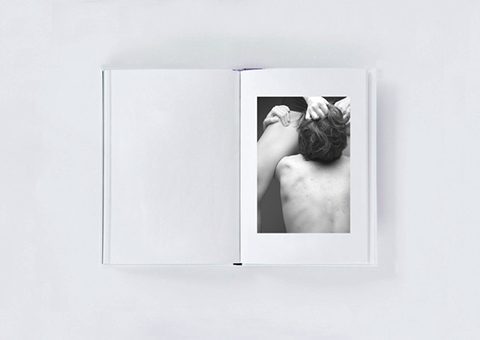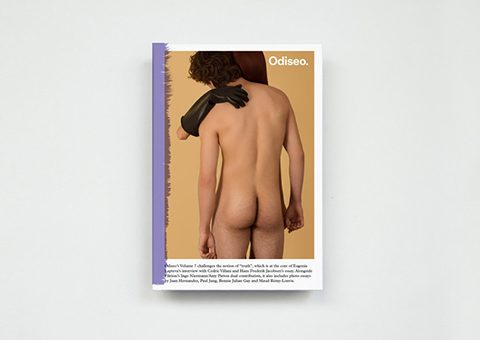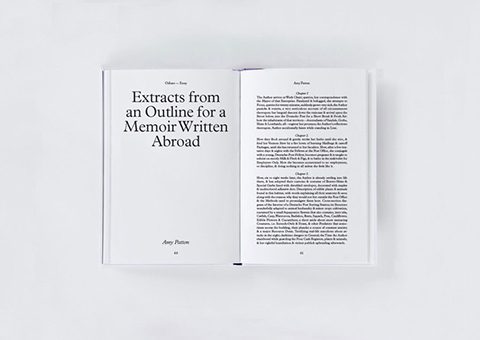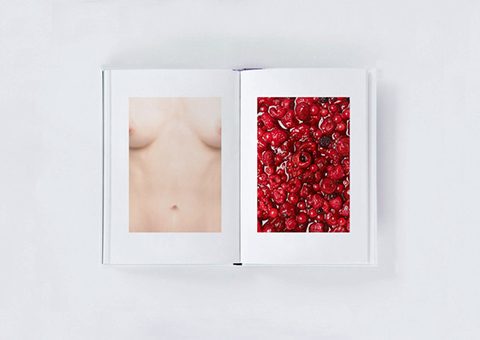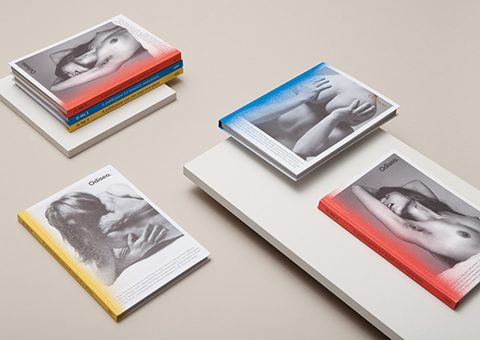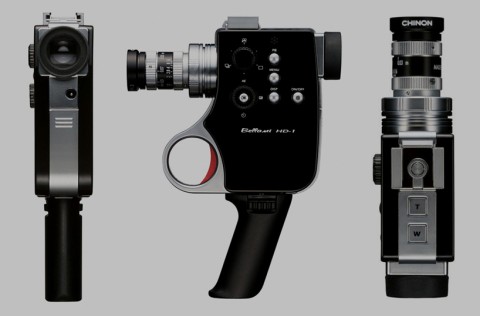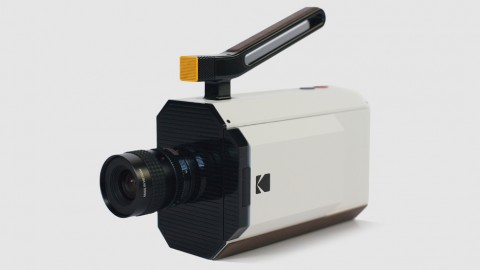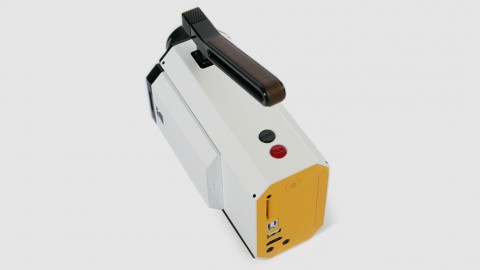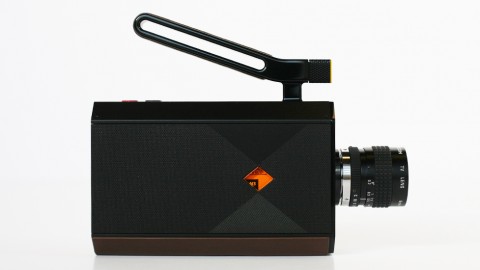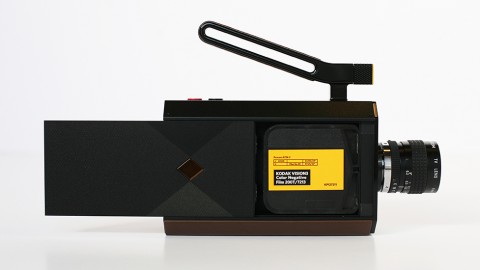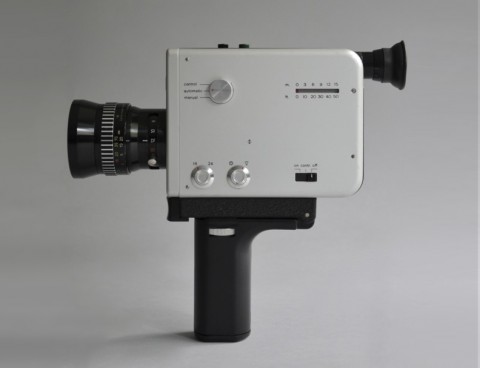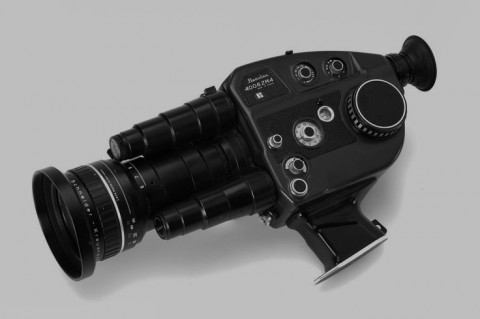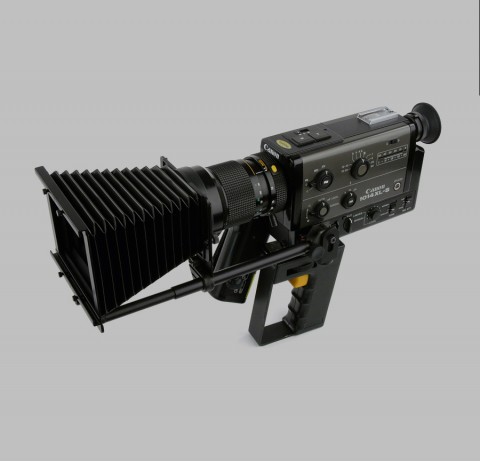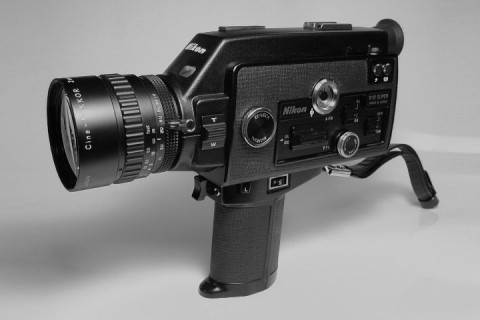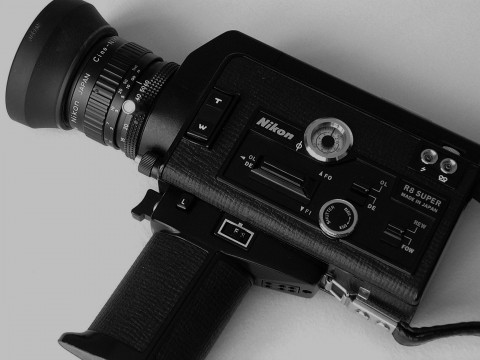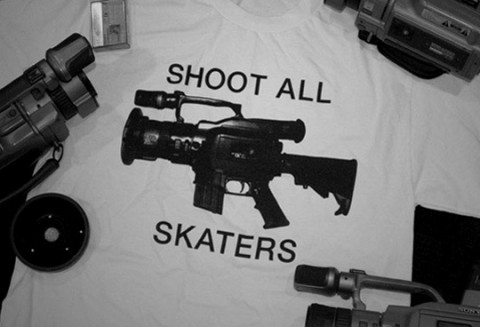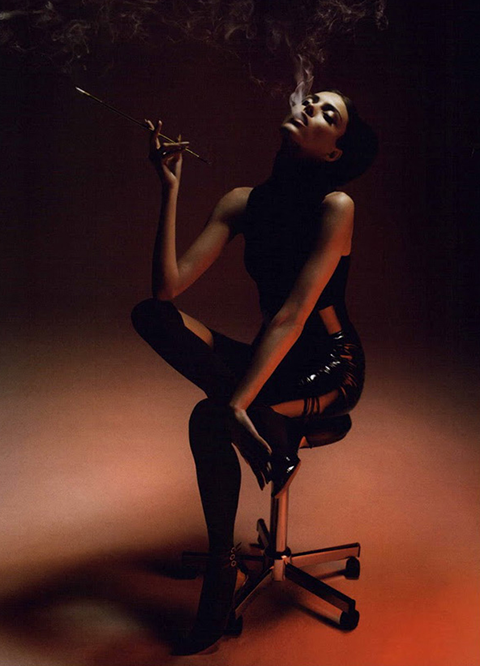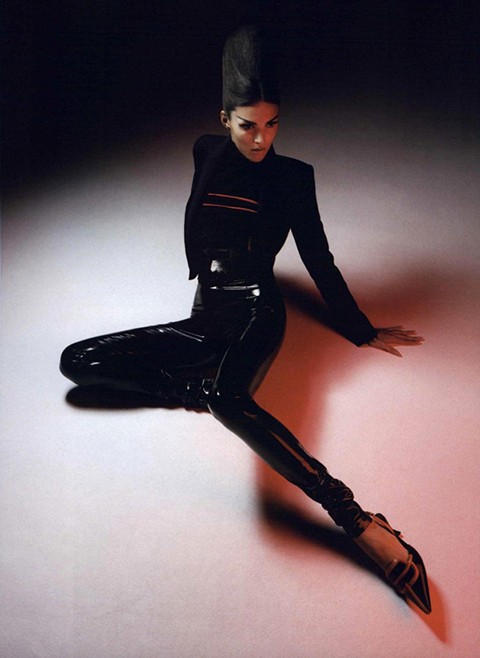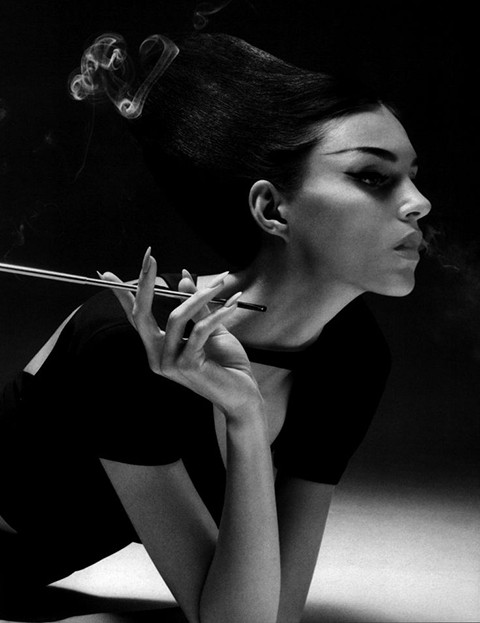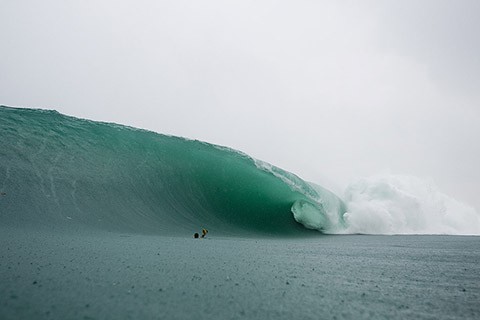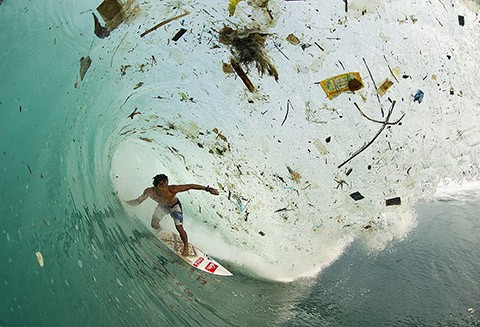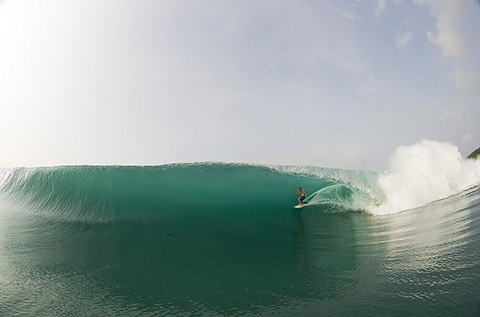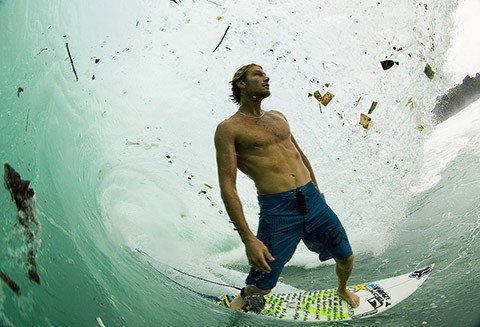peace: photographs by jim marshall
“the peace symbol as we know it today was designed in 1958 by gerald holto”
haight street san francisco 1967 (© jim marshall photography)
a new exhibit with previously unseen photographs by jim marshall at the san francisco art exchange (SFAE).
almost 60 years after the creation of the CND peace symbol, marshall’s body of “peace” photographs is a “beautiful and thoughtful reflection from one of the most celebrated photographers of the twentieth century,”
no on the travel ban oakland 1965
the exhibit is in celebration of the release of marshall’s new book jim marshall: peace, released by reel art press, according to a press release. the forward is written by street artist shepard fairey, the book’s text is written by peter doggett… and joan baez, provides the book’s afterword
peace walk for nuclear disarmament golden gate park 1962
free speech rally telegraph ave. berkeley 1968
marshall was one of the most recognized photographs in the history of music. he also explored the changing times of the 1960s, photographing the creativity and celebrity. he started documenting the CND peace symbol and peace rallies as a personal project, reel art press writes. the photographs had remained in his archives until now. the photographs were taken between 1961 and 1968 across america.
new york city photographed at newport folk festival in 1963
jim marshall 1936-2010
the CND peace symbol was designed in 1958 by gerald holtom for the british campaign for nuclear disarmament, reports reel art press. the symbol then spread from the uk to the us. marshall’s photographs document the symbol’s different meanings over time, starting as a symbol for “ban the bomb”-specific protests, and ending up as an international sign for peace. by xy
 a visual collective outlet of inspiration
a visual collective outlet of inspiration